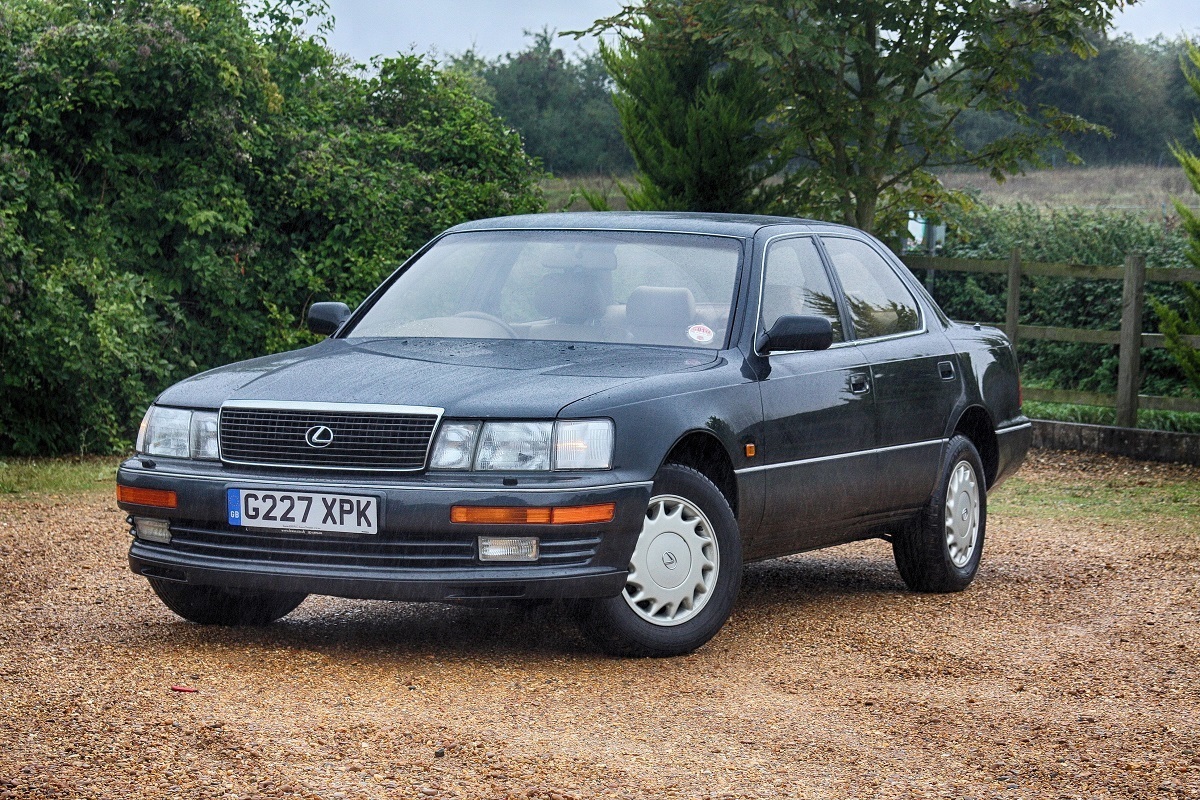In today’s automotive world, where shiny tech and sleek marketing dominate the buying experience, one essential question still reigns supreme among car owners: “Will this thing last?” Modern cars are more connected and sophisticated than ever, but that complexity often comes with a hidden cost: long-term reliability.
It’s a frustrating truth that many buyers have discovered the hard way: some cars seem to operate perfectly right up until the warranty expires, and then, as if on cue, begin to unravel piece by piece.
Whether it’s an engine that starts burning oil, a transmission that starts slipping, or electrical issues that leave you stranded, post-warranty breakdowns are a painful and expensive reality for far too many drivers.
On the flip side, some vehicles seem to defy age and mileage entirely. They don’t just survive past their warranties — they thrive. These are the cars that go 200,000 miles without a major repair, the ones you pass down to your kids, or drive daily for a decade without thinking twice.
These vehicles, often overlooked for flashier alternatives, prove that good design, thoughtful engineering, and build quality can lead to astonishing longevity. They aren’t necessarily the fastest or most luxurious, but they’re dependable, straightforward, and remarkably consistent — exactly what most drivers need in the long run.
This contrast between cars that crumble after 60,000 miles and those that feel like they’re just getting warmed up — is what this article is all about. We’re digging into five cars known for falling apart shortly after the warranty ends, and five that just keep going, year after year.
These aren’t theoretical comparisons, either. The vehicles on this list are backed by real-world reputation, owner experiences, and reliability records. We’re not just looking at how they performed new; we’re looking at how they hold up when life happens — when the kids spill juice in the back seat, when the roads get rough, and when time starts to wear everything down.
We’ve focused on common ownership experiences, recurring maintenance trends, and long-term durability across various climates and driving conditions.
From compact sedans to family SUVs and even a luxury legend, this article explores vehicles from a variety of categories. Some fall apart right when you start needing them most, and others seem to only get stronger with age, like that one neighbor who’s 75 but still chops wood by hand every morning.
Whether you’re shopping for your next daily driver, looking to avoid costly mistakes, or just curious about which cars live up to the hype, this breakdown will give you a candid look at the best and worst long-term performers in the modern car world. Buckle up — it’s time to separate the pretenders from the legends. These are the cars that break right after the warranty, and the ones that keep going forever.
Also Read: 5 Cars Where Minor Repairs Total Over $1,000 And 5 That Stay Manageable
Table of Contents
Toggle5 Cars That Break Right After Warranty
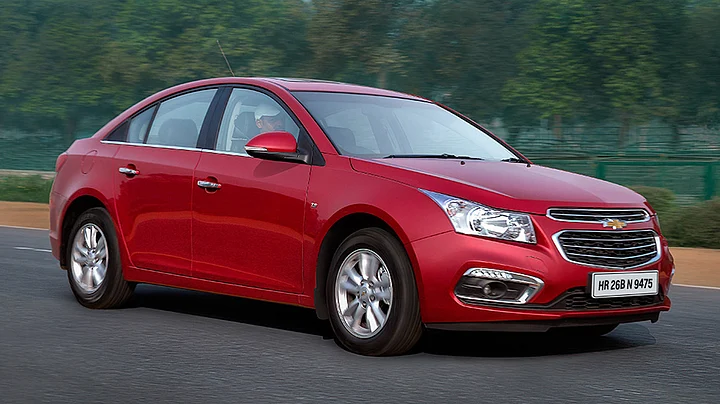
1. Chevrolet Cruze
The Chevrolet Cruze gained traction in the compact car segment with its fuel efficiency, handsome styling, and competitive price point. Initially, it seemed like a solid alternative to Japanese rivals, offering features like turbocharged engines and touchscreen infotainment systems at a lower cost.
For drivers during the warranty period, the Cruze performs adequately, is comfortable on the highway, relatively quiet, and boasts a modern interior. However, things take a turn shortly after the warranty expires.
One of the most widespread complaints involves the 1.4L turbocharged engine, which has a notorious tendency for coolant leaks and overheating due to faulty water pumps and thermostat housings. These failures don’t just cause frustration—they can lead to engine damage if left unchecked.
Even more concerning is the long list of recurring transmission issues. The Cruze’s automatic transmission has been flagged for rough shifting, slipping, and premature failure, often occurring between 60,000 and 90,000 miles, just beyond the coverage of most powertrain warranties. These aren’t minor hiccups.
We’re talking about full transmission replacements or rebuilds that can cost thousands, sometimes more than the car is worth. Meanwhile, the manual transmission versions haven’t escaped unscathed either, with clutch and throwout bearing failures cropping up sooner than expected.
For budget-conscious buyers, this can turn into a major financial setback, especially if the vehicle is their primary mode of transportation. Adding insult to injury, the Cruze’s interior and electrical systems tend to deteriorate rapidly.
Window regulators fail, infotainment systems glitch or freeze, and dashboard warning lights come and go with frustrating inconsistency. Owners report needing multiple repairs to the same components, and labor costs quickly escalate.
Worse still, these aren’t isolated incidents—they’re part of a broad pattern that points to poor long-term engineering. What’s most disappointing is that the Cruze gives the impression of quality at first glance, only to reveal its shortcomings when drivers need reliability the most. It’s a prime example of a car designed to meet warranty expectations but not to exceed them.

2. Ford Focus (2012–2016 models)
The 2012–2016 Ford Focus initially dazzled buyers with its sleek European-inspired design, nimble handling, and well-appointed cabin. It was marketed as a car that brought premium styling and technology to the compact class, and on the surface, it delivered.
However, beneath that polished veneer lurked one of the most flawed transmission systems in recent automotive history: the PowerShift dual-clutch transmission.
Unlike traditional automatics, this gearbox was supposed to offer better fuel economy and faster shifts. Instead, it became the bane of ownership for tens of thousands of drivers. Post-warranty, the transmission stumbles through gears, jerks during takeoff, and can even stall in traffic. It behaves unpredictably, making it a safety hazard in some cases.
While Ford issued multiple software patches and even extended some service programs, many owners found the so-called fixes temporary at best. Some were forced to replace clutches, actuators, and even entire transmission assemblies—often more than once. The worst part?
These repairs typically surfaced just after the warranty expired, leaving owners to foot enormous bills for problems that were never truly resolved. The issue was so pervasive that it resulted in class-action lawsuits and widespread public backlash.
And even with repairs, many owners never regain confidence in the vehicle’s ability to perform reliably, particularly in rural or highway settings where breakdowns are costlier and more inconvenient.
Beyond the transmission, the Focus struggles with various electrical and interior durability issues. Drivers report failing door latches, faulty sensors, non-functioning infotainment screens, and flickering dashboard lights that defy diagnostics. Suspension components also wear prematurely, leading to squeaks, rattles, and poor ride quality.
What’s most painful is that the Focus has the bones of a good car—it’s agile, comfortable, and efficient. But none of that matters when you’re stuck on the side of the road with a dead transmission and a dealer repair quote that exceeds the car’s value. It’s a classic case of missed potential dragged down by engineering shortcuts and poor corporate accountability.
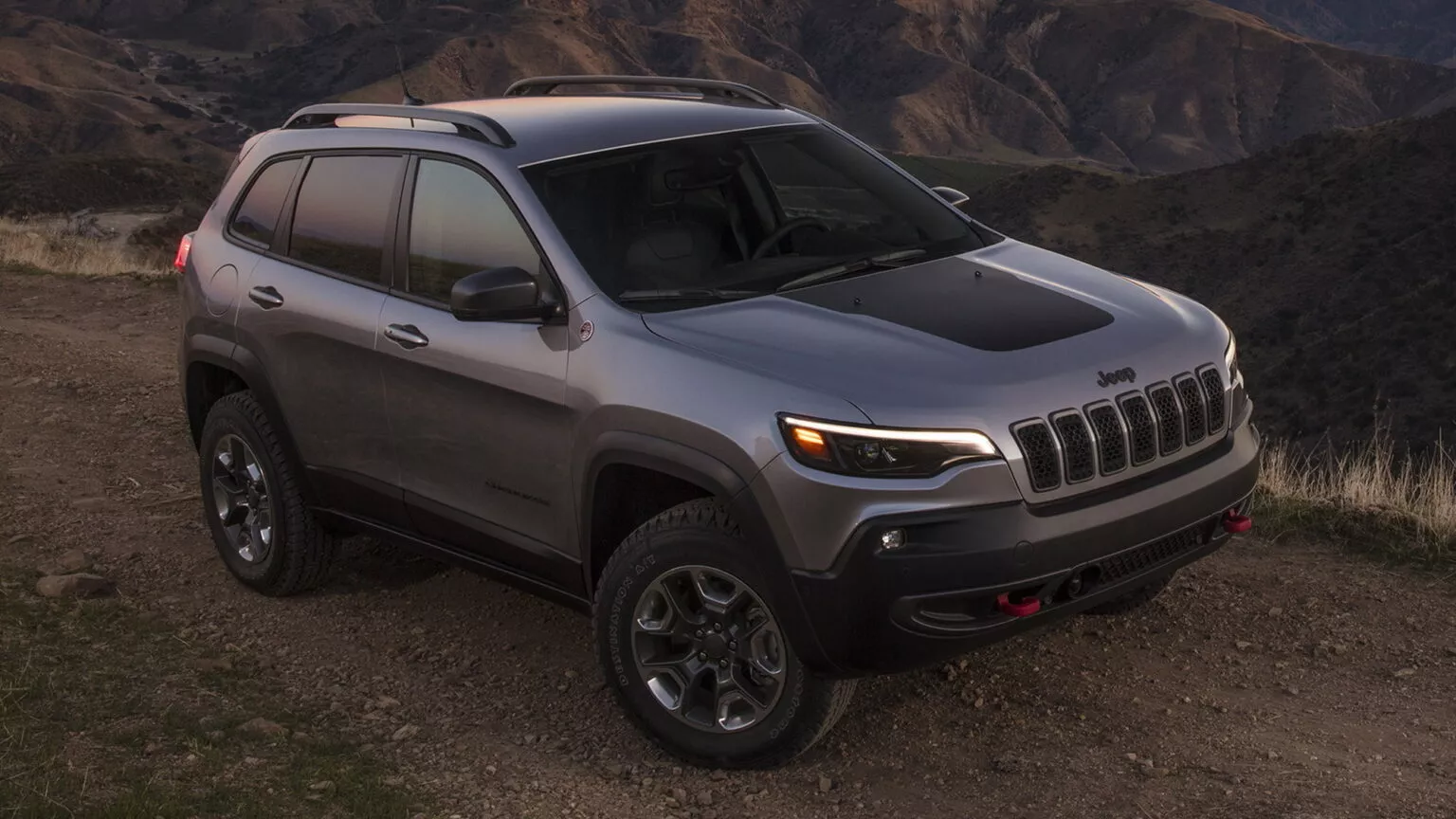
3. Jeep Cherokee (2014–2018)
The 2014 reboot of the Jeep Cherokee was supposed to signal a new era for the iconic SUV nameplate. With a sleek, modern look and plenty of tech, it appealed to both urban professionals and adventurous families. It offered all-wheel drive, decent towing capacity, and off-road credibility—a blend Jeep fans were eager to embrace.
But while it impressed in the showroom, many Cherokee owners quickly found themselves dealing with a host of mechanical issues that surfaced right after the warranty safety net disappeared. Most infamously, the ZF nine-speed automatic transmission caused endless grief. Despite its innovative design, it was plagued with calibration errors, shifting delays, harsh gear changes, and complete failures in some cases.
Jeep tried to address the transmission issues with software updates and recalls, but for many, the problems returned, often just as their powertrain coverage expired. A failing transmission is a dealbreaker in any car, but in a vehicle marketed for rugged use and family transport, it becomes a reliability catastrophe.
Unfortunately, that’s not where the Cherokee’s problems end. The 2.4L Tigershark engine used in many of these models has been flagged for excessive oil consumption, sometimes burning through quarts between routine oil changes. If unchecked, this can lead to low oil pressure and engine damage, especially for owners unaware of the issue until the check engine light flashes—or worse, the engine seizes.
Add in a litany of electronic glitches, Uconnect system crashes, and failing components like power windows and sensors, and the Cherokee becomes a case study in what happens when style outpaces substance. The vehicle might look modern and capable, but under the surface, its complexity and quality control issues set it up for failure as soon as the factory support disappears.
In rural areas, where dealership access is limited and off-road capability is supposed to be an asset, these breakdowns turn into major logistical headaches. The Cherokee tries to be everything for everyone, but ends up being unreliable for most.

4. BMW 3 Series (F30 generation, 2012–2019)
The F30 BMW 3 Series exudes luxury and sportiness in equal measure. It has the curb appeal, the performance pedigree, and the high-end feel that makes it a dream car for many. But owning one past the warranty period can feel like driving a ticking time bomb.
BMW’s modern turbocharged engines—especially the N20 inline-four—are tightly engineered for performance, not simplicity. They use direct injection, advanced cooling systems, and complex electronics that work brilliantly when new but become money pits as they age. Timing chain failures, valve cover leaks, and cooling system breakdowns are common and costly, often requiring labor-intensive repairs at high hourly rates.
Unlike Toyotas or Hondas, BMWs are not designed with easy maintenance in mind. To access basic components, you often have to remove half the engine bay, and few independent mechanics are equipped to work on these cars without expensive diagnostic tools.
As the F30 enters its second decade on the road, electrical gremlins start to appear more frequently. Owners report problems with iDrive, power seat failures, and malfunctioning driver-assistance systems. Each issue requires a trip to a specialist, where even a minor problem can come with a $1,000+ invoice. Worse yet, many failures are interrelated—an engine misfire might be tied to a faulty fuel pump or a sensor buried deep within the system.
The F30 is a car that delivers a premium experience only as long as it’s under premium care, ideally under warranty. Once you’re on your own, every dashboard warning light becomes a source of anxiety. Repairs are not just expensive but frequent, and resale value tanks once the problems start surfacing.
For someone looking for long-term ownership with predictable costs, the 3 Series quickly loses its charm. It’s a classic case of “you get what you pay for”—but with BMW, you’ll keep paying long after the car’s initial thrill has faded.
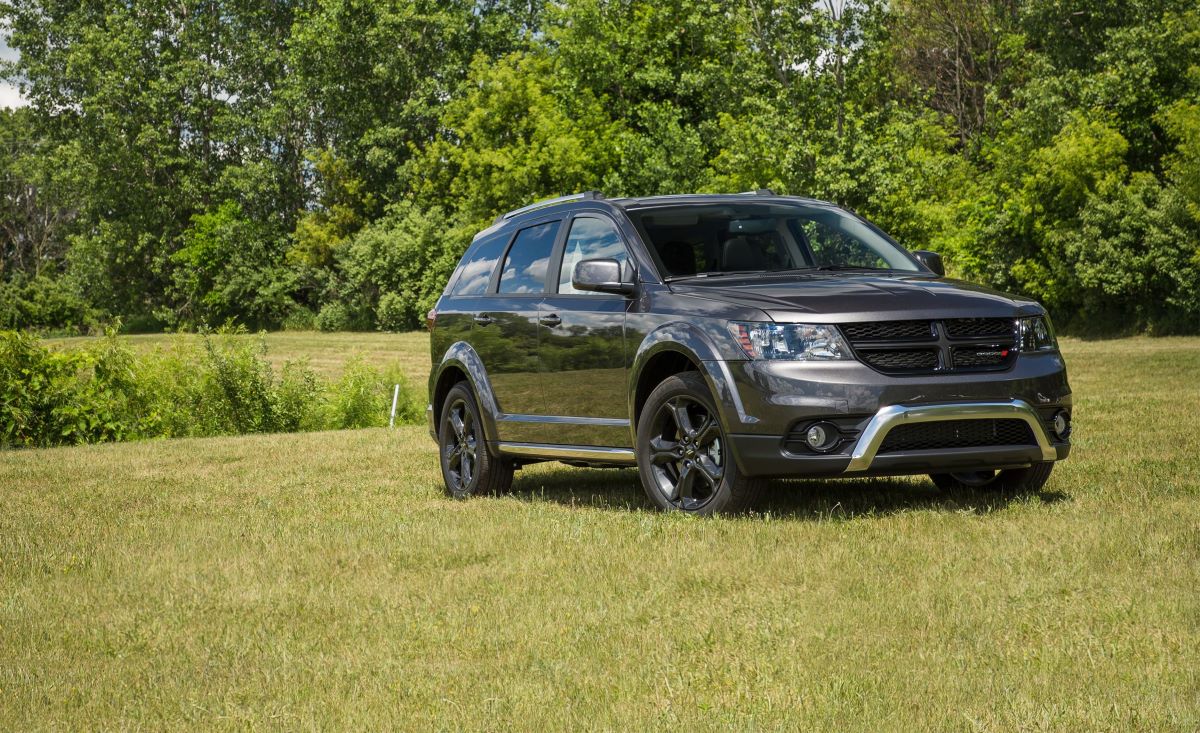
5. Dodge Journey
The Dodge Journey is a vehicle that seems purpose-built to disappoint anyone hoping for a long-lasting family hauler. Introduced in 2009 and left largely unchanged for over a decade, the Journey relies on outdated architecture, mediocre materials, and underwhelming engine options.
At first glance, it offers good space, a low price tag, and available V6 power, making it attractive to families or budget-conscious buyers. But the initial value quickly vanishes once the factory coverage ends. The base 2.4L four-cylinder engine feels underpowered even when new, and it ages poorly, developing oil leaks, head gasket failures, and timing chain issues.
The V6 version improves performance but introduces its problems, particularly when paired with Dodge’s aging six-speed automatic transmission. Shifting issues, transmission failures, and harsh engagement become common past 70,000 miles.
Add to this a poorly designed cooling system, and the Journey starts overheating under moderate stress, especially if it’s being used to haul or drive in warm climates. Suspension components wear out fast, leading to clunks and squeaks, while brake systems seem to demand constant attention. For a vehicle marketed to families, it lacks the basic reliability you’d expect for daily errands or long-distance travel.
Inside the cabin, the quality quickly deteriorates. Climate controls stop responding, electrical systems act up, and interior trim begins to peel or rattle. Drivers have reported broken door handles, failed power locks, and flickering instrument clusters that defy diagnosis.
These aren’t quirks—they’re symptoms of poor design and cheap construction. Once the Journey hits 80,000 miles, owners are often faced with a difficult choice: invest in costly repairs for a depreciated asset, or cut their losses. Either way, it’s clear that the Dodge Journey was never meant to stand the test of time. It might look like a bargain on paper, but in real-world ownership, it’s anything but.
5 Cars That Keep Going Forever
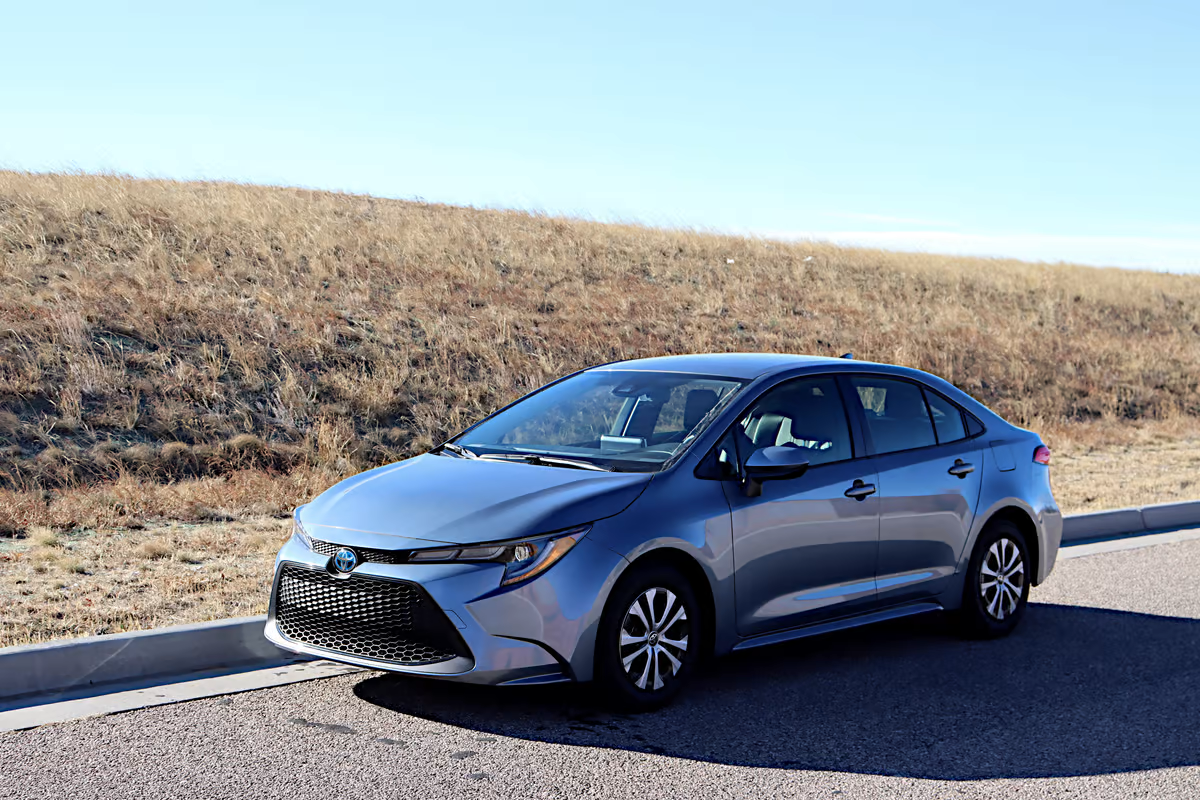
1. Toyota Corolla
The Toyota Corolla has become a global icon of mechanical dependability, and that reputation didn’t happen by accident. Toyota’s engineers have spent decades refining the Corolla’s drivetrain, suspensions, and onboard systems to eliminate excess complexity and focus on durability.
With powertrains that are deliberately designed to be less stressed, the Corolla’s naturally aspirated four-cylinder engines avoid the failures often associated with forced induction systems.
The 1.8L and 2.0L engines found in most models from the 2000s to today are tuned for balance, not performance flash, which means they’re less likely to suffer catastrophic wear, even after hundreds of thousands of miles.
The transmissions are just as robust, especially the traditional automatics and CVTs used in recent models, which have been refined to avoid common pitfalls like belt slip or overheating.
A key part of the Corolla’s longevity is its engineering philosophy: keep it simple, and keep it reliable. Many cars today are overloaded with features that provide a wow factor on the showroom floor but are time bombs for owners. In contrast, the Corolla continues to utilize tried-and-tested technology that focuses on function.
This translates into fewer breakdowns and more consistent performance, even as the miles rack up. Routine maintenance is also a breeze—fluids are accessible, engine bays are sensibly arranged, and parts are available nearly everywhere at affordable prices.
It’s not uncommon to find Corollas on the road today with 250,000 miles or more, still being used daily with nothing but scheduled oil changes, brake replacements, and tire rotations.
On the road, the Corolla offers a quiet, composed ride that might not thrill enthusiasts but delivers exactly what long-term owners want: predictability. Rural drivers appreciate that predictability, especially when living far from a dealer or full-service shop.
The Corolla doesn’t require a specialist to diagnose; any competent mechanic can keep it running with minimal fuss. That kind of repair accessibility is critical for drivers in remote areas.
Add in consistently high resale value, low insurance costs, and outstanding fuel economy, and it becomes clear why so many people consider the Corolla not just a good car, but the best kind of companion for the long haul.
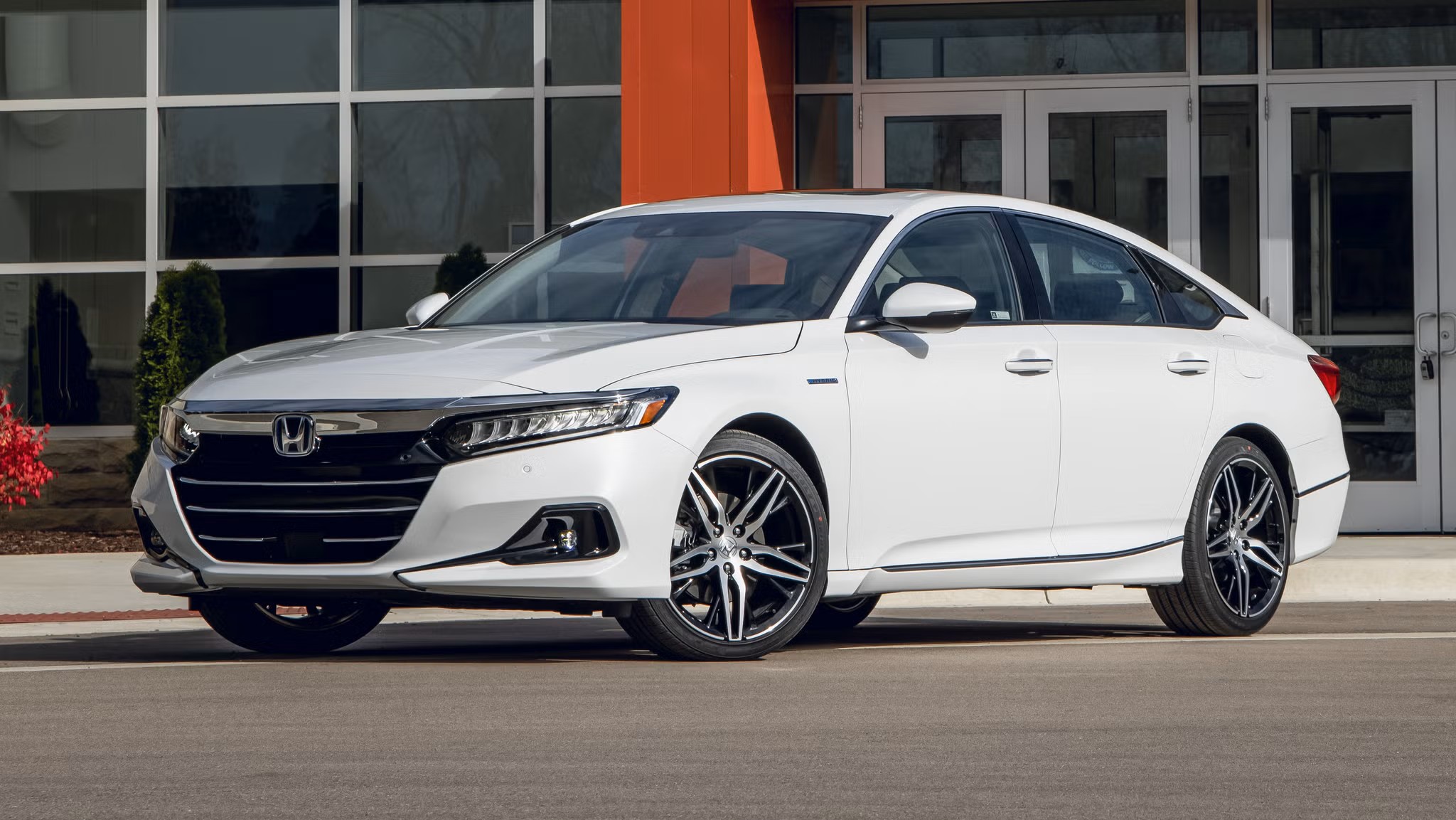
2. Honda Accord
The Honda Accord is often hailed as the “thinking person’s sedan” — a perfect intersection of performance, refinement, and bulletproof engineering. What sets the Accord apart isn’t just its initial quality, but how well it holds up under the stress of daily use over many years.
Whether powered by Honda’s high-revving inline-fours or the legendary J-series V6 engines, the Accord’s powertrains are examples of precision engineering with longevity in mind.
These engines rarely suffer from the valve or timing chain issues that plague competitors, and Honda’s transmission designs — particularly in pre-2018 models — are well-known for smooth, consistent operation over hundreds of thousands of miles. Owners regularly push their Accords past the 300,000-mile mark with the original engine and transmission still intact.
Beyond the engine bay, the Accord excels in structural integrity and interior quality. Even after years of use, the cabin materials resist aging far better than competitors. Soft-touch surfaces remain intact, controls don’t fade or break, and the electrical systems rarely fail without warning.
This is a car where attention to detail shows. Honda designs its components with balance in mind, meaning no one part is stressed or cheaply produced in favor of cost-cutting.
This contributes to a vehicle that not only lasts a long time but feels new far longer than expected. The suspension is another highlight: multi-link setups provide both comfort and stability, and components tend to wear evenly, avoiding the “one fix leads to another” scenario that plagues less reliable vehicles.
For those in rural or suburban America, the Accord’s endurance is especially valuable. It’s large enough to handle long commutes or family transport, yet efficient enough to minimize fuel stops and maintenance costs. Its widespread availability means that parts are abundant and mechanics know their way around every inch of the vehicle. That’s not just convenience — it’s peace of mind.
Unlike cars that constantly demand attention once they hit 100,000 miles, the Accord often doesn’t even flinch. It just keeps running. For drivers who prioritize practicality over flash and want a car that works year after year without complaint, few options are as battle-tested and dependable as the Honda Accord.
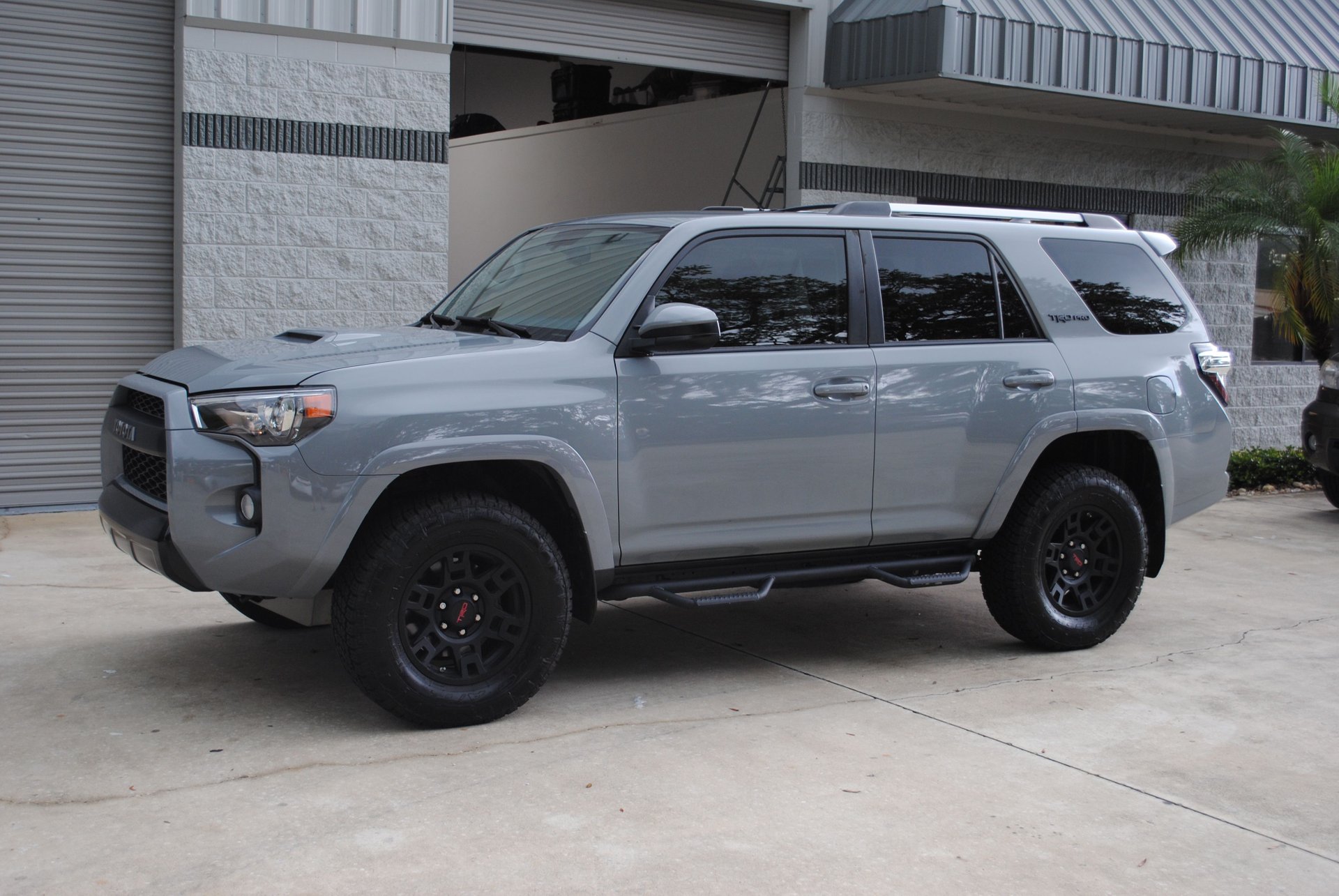
3. Toyota 4Runner
If there’s a modern-day equivalent to an indestructible war machine, it’s the Toyota 4Runner. With its body-on-frame design, naturally aspirated 4.0L V6 engine, and rugged four-wheel-drive system, the 4Runner is as close to bulletproof as it gets in the SUV world.
Toyota has resisted the urge to modernize this vehicle too heavily, and that’s been a key part of its reliability. There are no turbochargers to fail, no dual-clutch transmissions to rebuild, and no complex electronic suspensions to troubleshoot.
It’s all traditional, time-tested gear: a five-speed automatic, a solid rear axle, and a chassis built to absorb punishment. This no-frills approach makes the 4Runner an oasis of mechanical simplicity in a desert of overly complicated SUVs.
The reliability of the 4Runner is not just anecdotal; it’s observable in the real world. It’s common to find models on the road with 200,000, 300,000, or even 400,000 miles, especially in regions where off-road capability is essential. Maintenance is straightforward, and the vehicle is built to be serviced rather than sealed.
Everything from the air intake to the suspension bushings is engineered for durability, making the 4Runner a favorite among overlanders, park rangers, and backcountry travelers who need a vehicle that won’t quit.
Even the electronics — often a weak point in modern vehicles — are relatively minimalistic and designed for resilience, not gadgetry. When your journey involves mud, rock, snow, and thousands of miles of isolated travel, the 4Runner is the one vehicle you want beneath you.
In rural America, the 4Runner’s value multiplies. Its high ground clearance, true four-wheel-drive system, and go-anywhere attitude make it indispensable in areas with unpaved roads, harsh winters, and steep terrain. And unlike crossovers pretending to be rugged, the 4Runner walks the walk — it’s built to be abused, not babied.
Owners don’t just keep them for years; they pass them on to children, relatives, or neighbors, confident the vehicle has more life to give. Few vehicles command the respect and loyalty the 4Runner does because few are built with this level of honesty and resilience.
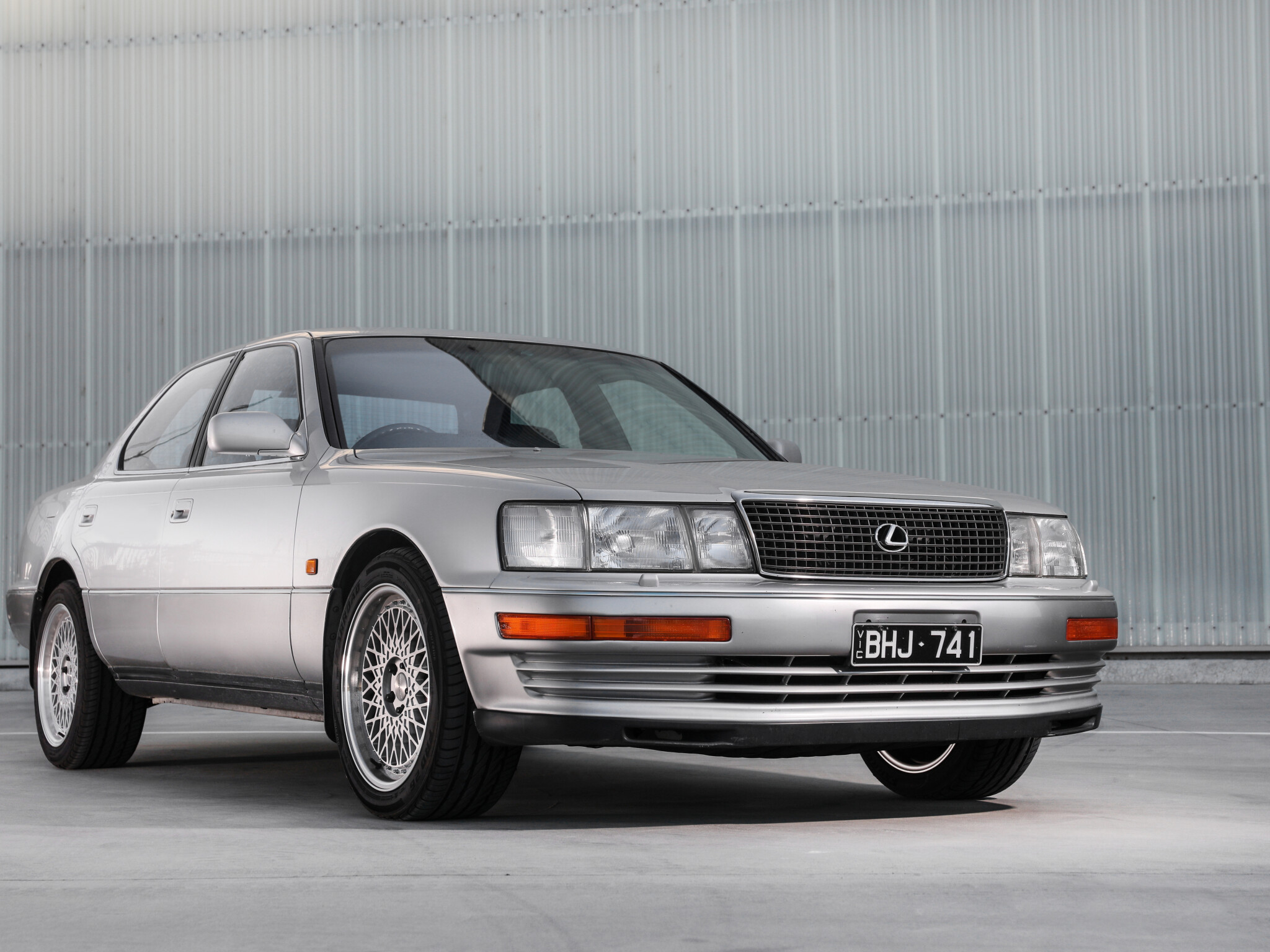
4. Lexus LS400
The Lexus LS400 is the definition of overbuilt. When Toyota launched Lexus in the late 1980s, it poured an unprecedented amount of resources into making the LS400 not just luxurious, but flawlessly engineered. The result was a V8-powered sedan with unmatched build quality and mechanical precision.
The 1UZ-FE engine is widely regarded as one of the best engines ever made — an all-aluminum, 32-valve masterpiece that can quietly hum along for 400,000 miles or more with proper maintenance.
Combined with a perfectly tuned four-speed automatic transmission and a suspension that balances comfort with longevity, the LS400 remains one of the most durable luxury vehicles ever produced.
What separates the LS400 from other luxury sedans is its refusal to compromise durability for flash. Lexus kept the tech restrained and mechanical parts accessible. No overly complex electronics that were prone to failure, no turbocharged shortcuts — just straightforward engineering executed at the highest level.
Even interior electronics — power seats, mirrors, and audio systems — remain functional decades later in many models, which is nearly unheard of in other luxury cars from the same era. And while luxury vehicles often carry a stigma of expensive ownership post-warranty, the LS400 defies that trend. Many repairs are surprisingly affordable, and because the car shares many components with Toyota’s mainstream models, replacement parts are widely available and economical.
On the road, the LS400 continues to impress long after its odometer has spun past six digits. The cabin is whisper-quiet, the ride smooth, and the engine strong. Many owners never get rid of their LS400s — not because they can’t afford a newer vehicle, but because they don’t see the need.
In rural and suburban environments alike, where long drives are common and comfort matters, the LS400 excels. It’s the rare car that ages gracefully both mechanically and aesthetically. For those who find one in good condition, it’s not just a great used car — it’s one of the smartest purchases you can make, offering the reliability of a Toyota with the refinement of a Lexus.

5. Honda Civic (2006–2011 Focus)
The Honda Civic’s reputation for longevity is practically legendary, and it’s been earned one trouble-free mile at a time. Especially during the 2006–2011 generation, the Civic delivered an optimal mix of fuel efficiency, mechanical simplicity, and long-term reliability.
These Civics were powered by the R18A1 1.8L engine, a marvel of reliable engineering that rarely suffered from major issues. Chain-driven timing mechanisms eliminated the need for belt replacements, and a lack of turbocharging or direct injection reduced long-term carbon buildup or internal wear.
Even the suspension and steering systems were robustly constructed, enduring rough roads and hard miles without complaint. What makes the Civic such a long-term warrior is how accessible and affordable it is to maintain. Oil changes, brake service, filters, and spark plugs — that’s all it takes to keep one running for decades.
Parts are cheap and abundant, and any mechanic worth their salt has worked on hundreds of them. For owners who are a bit more hands-on, the Civic is also incredibly DIY-friendly.
Forums, parts diagrams, and how-to guides abound, making it one of the most supported vehicles in the world for self-service. It’s not flashy, and it’s certainly not a powerhouse, but that’s part of the appeal. With fewer things to break, there are simply fewer things to fix.
Civic owners often report a unique kind of pride in how far they’ve taken their cars. 200,000 miles is considered standard. 300,000 is not unusual. And you’ll find more than a few examples still rolling strong past 400,000, especially with careful maintenance.
In small towns and big cities alike, the Civic earns its keep every day, never asking for more than the basics. It’s a reminder that good engineering, when paired with a bit of care, can outlast trends, outdrive expectations, and outshine far more expensive cars. When it comes to vehicles that keep going forever, the Civic’s legacy is secure.
Also Read: 5 Cars That Sell Fast on Facebook Marketplace and 5 That Stay Listed for Months
When it comes to buying a car, most of us aren’t just looking for something that will impress on day one — we want something that will endure. The difference between a vehicle that quietly lasts for 15 years and one that starts breaking down the moment the odometer hits five digits is more than just engineering — it’s about intentional design and long-term value.
As we’ve explored, not all cars are created equal. Some are built to last. Others are built to look good just long enough to get off the dealer lot.
Vehicles like the Toyota Corolla, Honda Accord, Toyota 4Runner, Lexus LS400, and Honda Civic prove that reliable, low-maintenance transportation still exists — and it doesn’t require giving up comfort or practicality. These cars reflect a philosophy rooted in longevity, durability, and simplicity.
They don’t rely on gimmicks or trendy features to attract attention. Instead, they reward owners with peace of mind, low ownership costs, and a dependability that stretches well beyond the factory warranty. Whether it’s the Corolla’s mechanical simplicity, the LS400’s over-engineered luxury, or the Civic’s DIY-friendliness, these vehicles demonstrate that timeless reliability is still within reach.
On the other hand, vehicles like the Chevrolet Cruze, Ford Focus, Jeep Cherokee, BMW 3 Series (F30), and Dodge Journey highlight a very different ownership experience. These cars often shine on paper and in initial test drives, but they tend to suffer from early component failures, design oversights, or subpar long-term quality control.
While some of these issues may only manifest after the warranty ends, the cost and frequency of repairs can quickly erase any early savings or positive impressions. In many cases, owners find themselves spending more time at repair shops than behind the wheel, especially once that 60,000-mile safety net is gone.
The bottom line is that reliability matters more than ever. In an era when even budget cars come with sophisticated electronics and turbocharged engines, the potential for costly repairs has increased dramatically.
For drivers in rural areas, those who rely on their vehicle daily, or anyone trying to avoid financial pitfalls, choosing a car that lasts is more than just a good idea — it’s a necessity. A car that dies just outside of warranty is more than inconvenient; it’s a betrayal of consumer trust.
That’s why this list isn’t just about facts — it’s about real-world survival. Cars that “keep going forever” offer their owners more than miles. They offer stability, predictability, and the kind of confidence that lets you plan road trips, commutes, and life itself without worrying about your car giving up. And for many, that’s worth more than horsepower or heated seats.
So whether you’re in the market for something new or just trying to understand what separates the good from the bad, remember: longevity isn’t luck. It’s built-in. Choose wisely, and your car won’t just get you through the warranty — it’ll carry you well beyond it.

